
'Diamonds are a girl's best friend' sang the sexy Marilyn Monroe in the hit movie Gentlemen Prefer Blondes.
And since then women the world over have fallen more in love with the 'precious' stone.
But are diamonds really worth the price they are made out to be for? Or for that matter does it really make sense to buy diamonds at all? What is it that makes them so expensive?
To know answers to these questions read on . . .
. . .
The author can be reached at shonalee.biswas@gmail.com
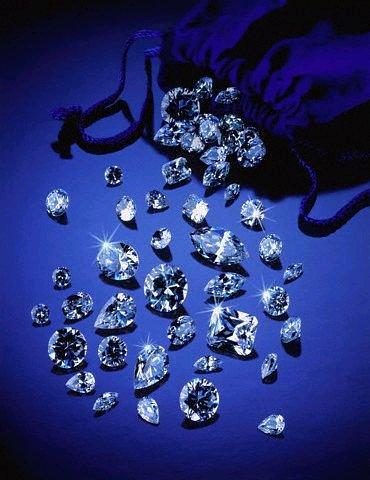
Buying diamonds is easy, selling them is not
Well, as long as you have money in the pocket, diamonds are available over the counter. But what if, someday a financial emergency arises and you need to sell them?
Selling diamonds is nowhere as easy as selling gold or silver, for that matter. A lot of jewellers do not buy back diamonds that are not sold by them. Also in most cases they offer 75-85 per cent of the diamond price for the day.
So the question to ask here is why don't jewellers buy back diamonds not sold by them? The answer to this is very simple. Ascertaining whether a diamond is really a diamond is an expert's job. This is something that cannot be really ascertained over the counter as is the case with gold.
. . .
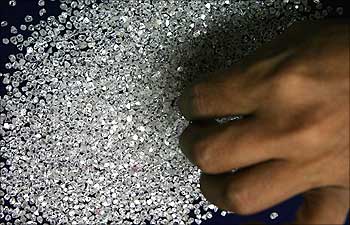
Given that, the safest way to work is to just decide not to buy back anything that you have not sold.
Also, even if a jeweller does agree to buy back a diamond he may do so on the condition that you buy another diamond of a higher or at least the similar variant from him. Chances are you may not be able to buy gold jewellery by selling diamonds.
. . .
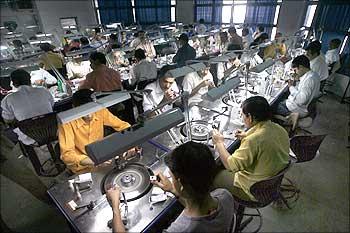
What is the price of a diamond?
Gold has a daily price. So has silver. So if you go to buy or sell gold, you are most likely to get a price around that daily price.
But in case of diamond there is no standardised pricing. There is something known as the Rapaport Report, a weekly publication issued to jewellers. This clearly puts out the price of diamonds based on what are known as the 5Cs -- carat, clarity, colour, cost and cut.
But this list is not available to the customer. So the customer has no clue of what the diamond price is on a given day.
Also grading diamonds becomes very difficult once they are cut and set in jewellery. The best time to detect the colour and clarity of a diamond is when it is lose.
. . .
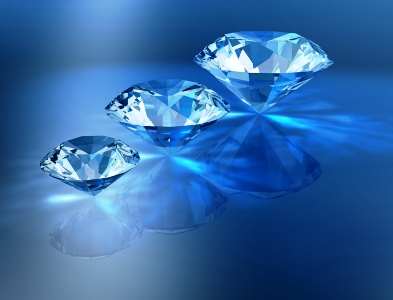
Due to these reasons when you go to a jeweller to sell a diamond you have absolutely no idea of the price he is going to offer.
Diamond prices have been flat
Over the years, diamond prices haven't gone anywhere. In fact, diamond prices have been more or less flat over the last five years. And we all know the humongous return that gold and silver have given during the same time period.
But what is it that has kept diamond prices flat?
. . .
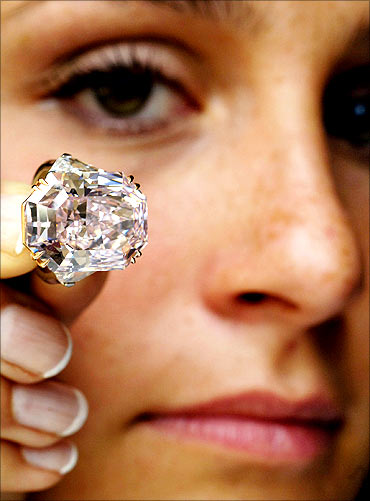
The DeBeers monopoly
Over the years, DeBeers, a South African company, has had a monopoly over the world diamond market.
As Barry J Nalebuff and Adam M Brandenburger write in their book: "There's a one-word explanation: DeBeers."
Most of the world's diamond produce is sold through the Central Selling Organisation of DeBeers. So to that extent DeBeers operates like the oil cartel OPEC (Organisation of Petrol Exporting Countries) deciding on the supply depending on the state of the diamond market, like OPEC does in case of oil.
So, in reality, diamonds are not really as scarce, as they are made out to be. As Nalebuff and Brandenburger write, "People value diamonds highly because they perceive them to be scarce. They're not, but that's beside the point; it's the perception of scarcity that counts. The perceived scarcity has made diamonds an ideal choice for engagement rings, but not without some help from a long running DeBeers advertising campaign."
. . .
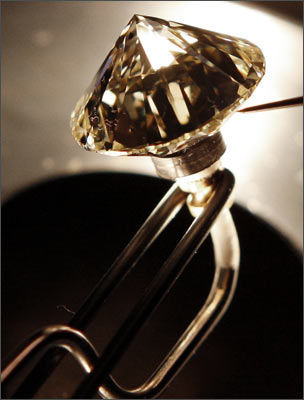
Over the years, some large diamond producing countries have been trying to get out of the DeBeers monopoly and this has kept the diamond prices flat.
Experts suggest that DeBeers now controls only about 40 per cent of the market unlike earlier when it used to control more or less 80 per cent of the market.
So if not diamonds, what should I buy?
Well if you are really into diamonds and cannot for the heart of it wear gold or silver jewellery, you should be buying fake diamonds, i.e. man-made diamonds.
Essentially there are two kinds of fake diamonds: moissanite and cubic zirconia (CZ).
As Geoffrey Miller, a consumer behaviour expert, writes in Spent: Sex, Evolution and Consumer Behaviour: "There is a rationale behind not spending the amount on real diamonds. Casual observers can't tell them apart, nor can most pawnshop owners using the standard thermal conductivity tests for distinguishing CZ from diamond. Only experts may notice the subtle double refractions (birefringence) caused by moissanite's hexagonal crystal structure."
. . .
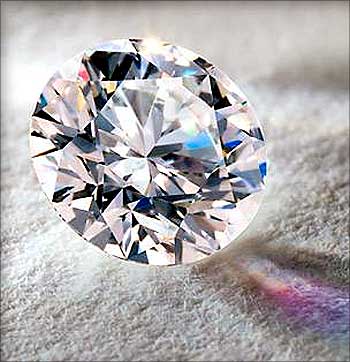
In fact, this is another reason why diamond prices have not gone anywhere in the last few years.
"The arms race between real and fake has also undercut the DeBeers diamond cartel for more than a century, as ever-better imitation diamonds have been developed: titanium dioxide (synthetic rutile) in the 1940s, synthetic strontium titanate (Fabulite) in the 1950s, yttrium aluminum garnet (YAG) in the 1960s, gadolinium gallium garnet (GCG) in the 1970s, cubic zirconia (CZ) in the 1980s, and silicon carbide (Moissanite) in the 1990s. CZ makes for an excellent imitation diamond. Moissanite, introduced in 1998, is even closer to diamond, with a similar hardness, density, and luster, yet more brilliance (a higher refraction index) and more "fire" (a higher dispersion index)," Miller points out.
So the moral of the story is that there are better ways to spend your 'hard earned' money than buying diamonds.
The author can be reached at shonalee.biswas@gmail.com